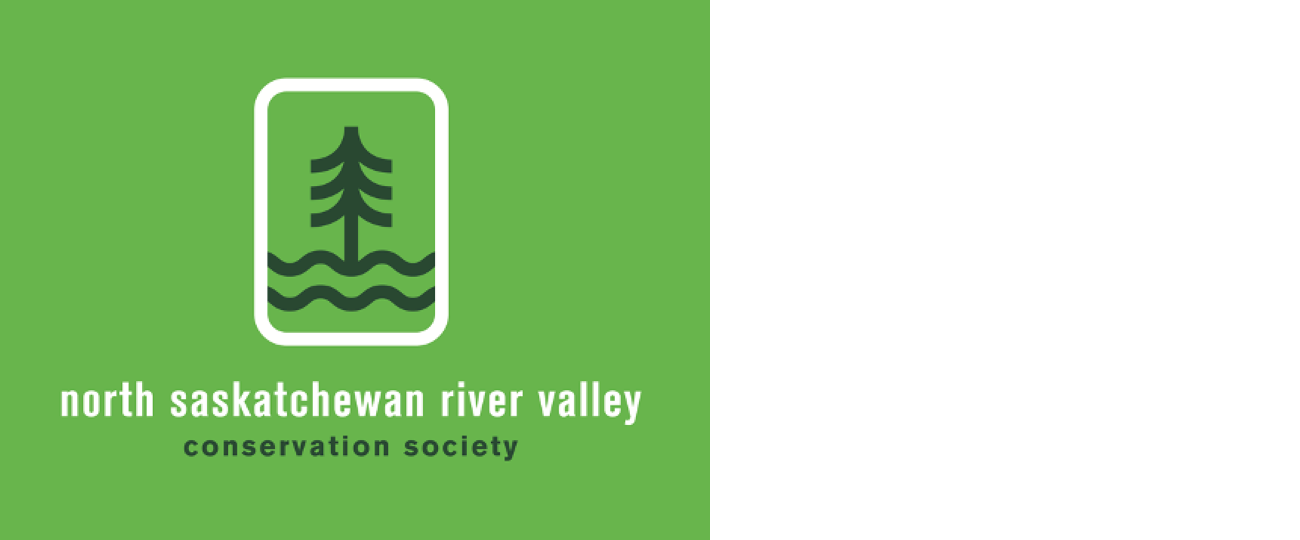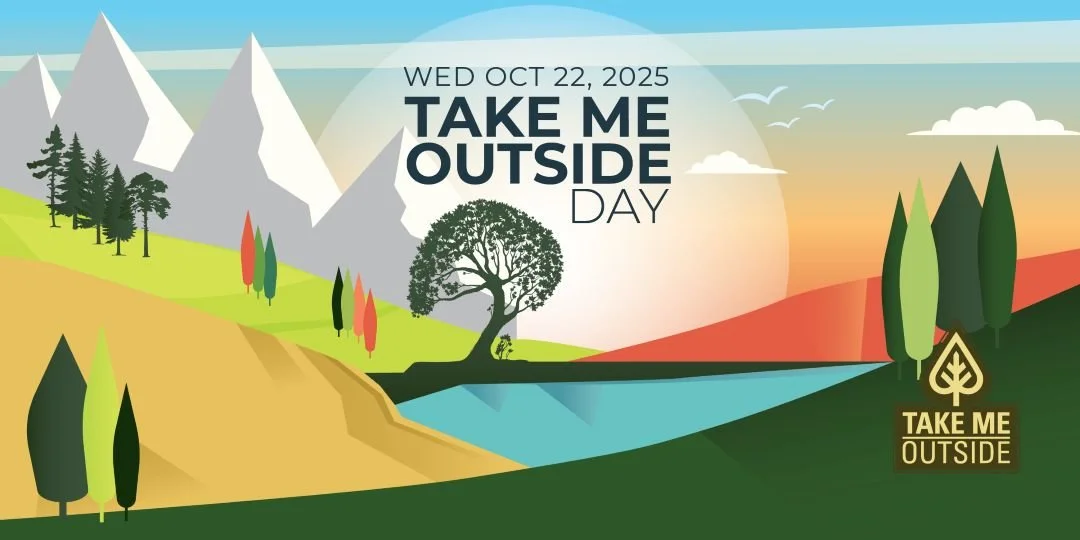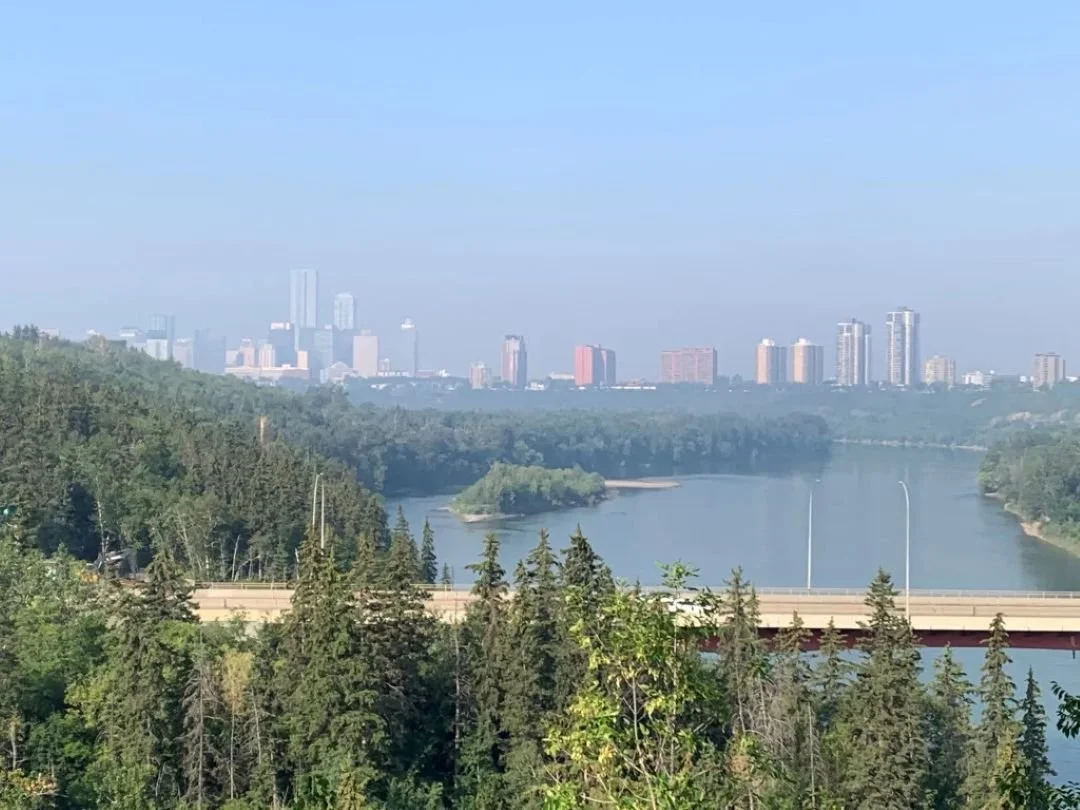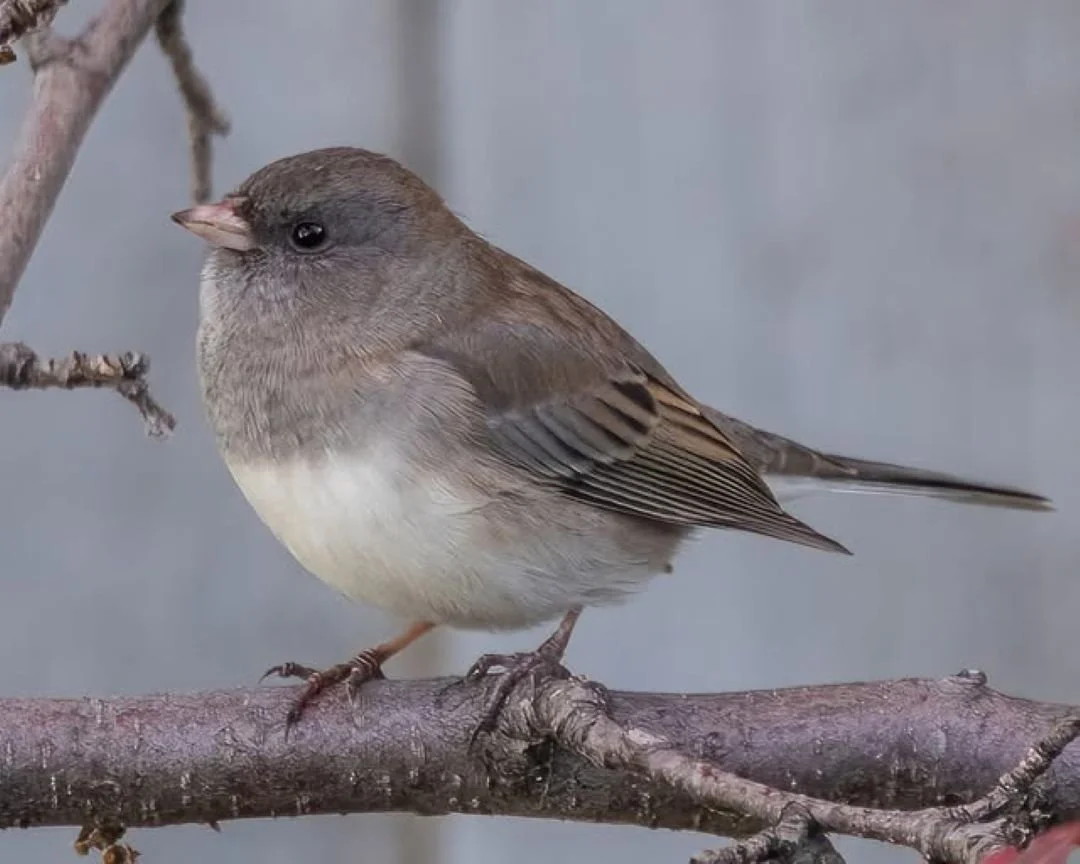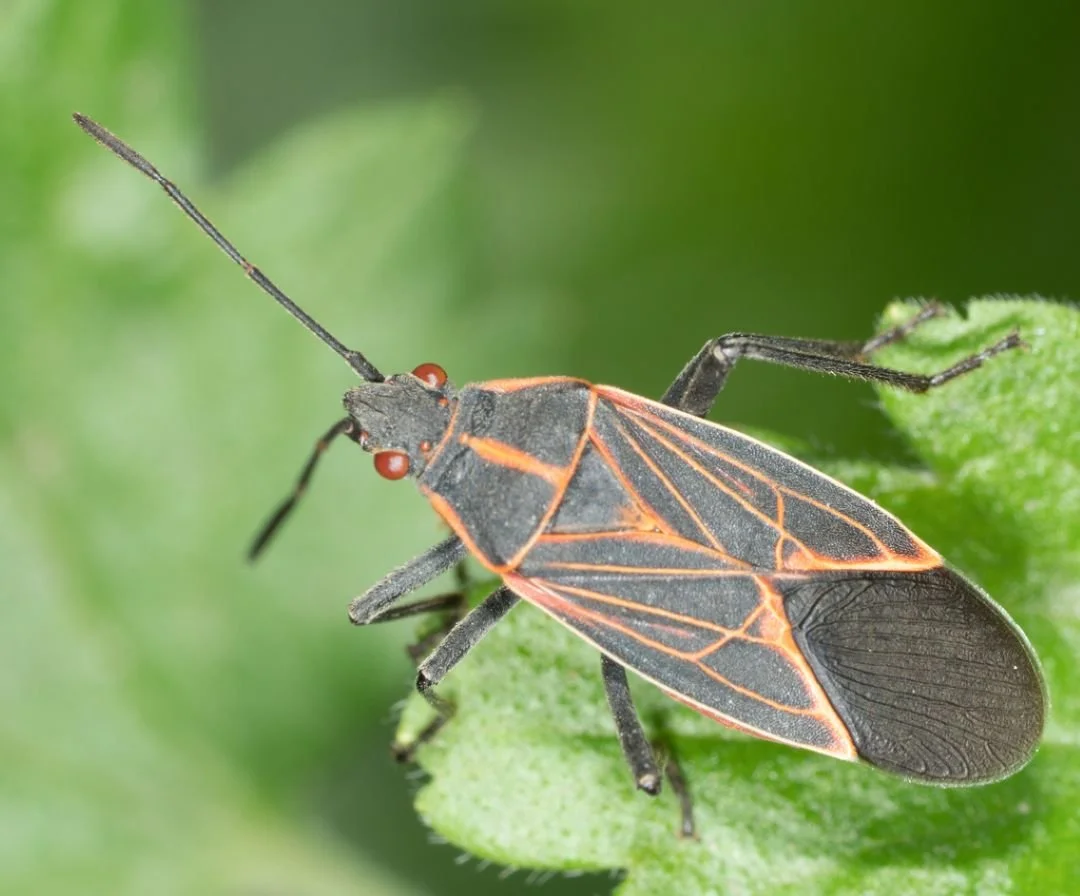October Events Edmonton: Halloween Fun, Skill Building, & Local History
This year's Halloween lineup in Edmonton offers events catering to all ages and scare levels. For family fun, you can choose from free daytime events like the Scare on the Square costume party or ticketed options like Boo at the Zoo! and the Haunted HallowFest at the Muttart, which features a workshop on juggling and other circus tricks hosted by Hula Hoop Circus. For those seeking a thrilling nighttime experience, the city features large-scale ticketed attractions, including the immersive carved pumpkin spectacle of Pumpkins After Dark and the intense haunted house experience, DARK at Fort Edmonton Park. For more information, please see the City of Edmonton PSA - Halloween fun in Edmonton https://ow.ly/5K7c50XcJoT
The How To Festival, hosted by the Edmonton Public Library (EPL), is an opportunity to learn new skills and knowledge directly from various community and staff experts. Taking place both in-person and online on Saturday, October 25th, the festival offers a diverse range of sessions, from hands-on activities like canning and pagoda building to informative discussions on topics such as AI ethics, solar energy, and winter cycling. The event aims to leverage the talents of the Edmonton community by providing a platform for sharing practical knowledge and new perspectives. Check out Learn a New Skill at the How To Festival | Edmonton Public Library for more details.
For those curious about the evolution of urban life, join the Edmonton & District Historical Society for a presentation on "The History of Streetcars in Edmonton." This free in-person seminar, presented by the Edmonton Radial Railway Society (ERRS), will explore the full narrative of the streetcar—from its role as a foundation of Edmonton's public transit system to its present-day status as a cherished heritage operation. Transportation enthusiasts can attend this deep dive into the city's past on Tuesday, October 28, 2025, at 6:30 PM at the Bison Lodge. Head to Eventbrite for tickets and more information about the event.
Photo credit: The Valentine & Sons Publishing Co., postcard c. after 1907
Fort Edmonton: Trade, Turmoil, and Transformation on the NSR
Fort Edmonton (also named Edmonton House) was the name of a series of trading posts of the Hudson's Bay Company (HBC) from 1795 to 1914, all of which were located on the north banks of the North Saskatchewan River in what is now central Alberta, Canada. The fifth and final Fort Edmonton, from 1830 to 1914, was the one that evolved into present-day Edmonton.
Due to floods in the late 1820s, the Fort on the Rossdale flats had to be moved to higher ground and a new fort was built on the terrace above the river flats in 1830. This fort stood for 85 years, though its use as a fur trading post was phased out starting in 1891. During its final years, the Fort co-existed with the Alberta Legislature Building. The Legislative Building opened in 1913 just north of the fort on the site of "Rowand's Folly", the large house built for Chief Factor John Rowand.
March 19, 1885, during the North West Rebellion, the telegraph wire connecting Edmonton to the rest of the world was cut. Fearing imminent attack, many local settlers and their families took shelter within the fort's old wooden palisade walls. No attack happened. Within a few weeks, marching and mounted troops arrived from southern Alberta and from eastern Canada by way of the CPR station at Calgary, to ensure that no local outbreak would occur.
Photo credit: Paul Kane, Fort Edmonton, c. 1849-56
Paul Kane's Complicated Canvas
Paul Kane (1810–1871) has a complex legacy, which is examined by Arlene Gehmacher in her essay "Controversial Contemplation" found on the Art Canada Institute website. He was the only nineteenth-century artist in Canada to embark on a comprehensive pictorial and literary project focusing on the country's Indigenous peoples. Kane's goal, detailed in his book Wanderings of an Artist among the Indians of North America (1859), was to create a visual and written record of principal chiefs, their costumes, customs, and the scenery of the Canadian Northwest.
A major controversy surrounding Kane's work is whether he provided a valuable visual record or was an appropriator who profited from depicting disempowered Indigenous cultures. Critics argue that his oil paintings, in particular, reflect the "salvage paradigm"—the attempt by a dominant society to preserve a culture it views as vanishing—and reinforced the prevailing "noble savage" stereotype rooted in Western Romanticism.
Despite these ethical concerns, Kane's legacy is also considered an enduring and valuable primary visual record of a time and culture that might otherwise be lost. His hundreds of detailed, immediate sketches are highly valued by today's sensibilities and are regarded as more authentic than the polished studio oils. Created before photography dominated the prairies, these sketches document the vibrant cultural traditions of Indigenous individuals and communities, making Kane's extensive body of work an unparalleled historical document of Canadian history.
Favourite Fall River Photo
Reader submitted photo / Jill G. / Taken from Ada Rd near Rundle Park
Comment or Contributions
Please note articles may not reflect the position of NSRVCS. River Valley News is meant to be a clearinghouse for the variety of opinions and ideas about Edmonton’s River Valley.
Email river valley photos, event information, comments, or questions to nsrivervalley@gmail.com.
Forward this link to anyone you think may want to sign up for this newsletter https://www.edmontonrivervalley.org/newsletter-signup
